The grand Swiss hotel that starred in Bond, but was killed by climate change
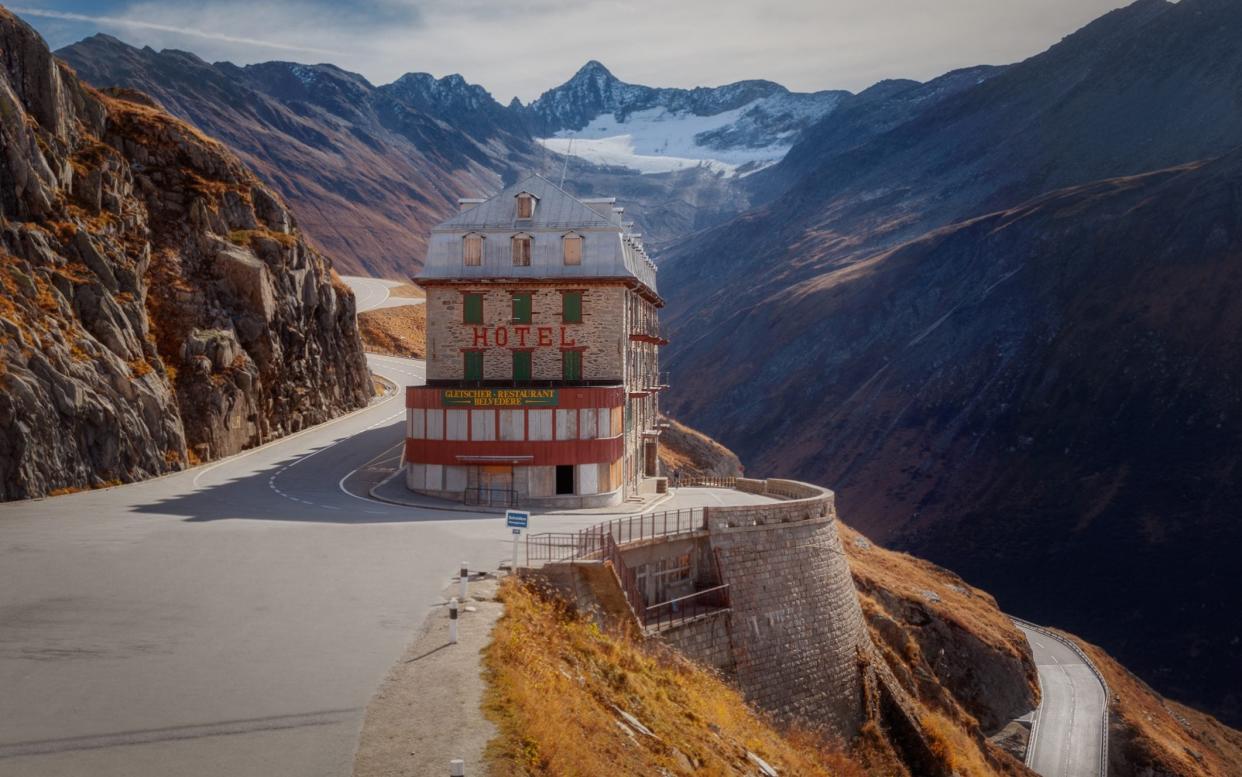
The death of Sean Connery on October 31 brought with it an inevitable tide of recollection and nostalgia – not least of all for his generally acknowledged reputation as The Best James Bond Ever. With this came an even more inevitable peering down at the great man's section of the 007 back catalogue – and at how the films he made might be weighed and measured. Does Dr. No rank above From Russia With Love? Does Thunderball out-strip Diamonds Are Forever? Does Never Say Never Again really count? And is Goldfinger the finest movie in the history of the whole franchise?
The latter is perhaps the most interesting question – even if the British Film Institute (BFI) answered it with a shake of the head, putting it at number 70 in a 1999 list of the top 100 British films, 29 places below Dr. No. But critical appraisal rarely leaves Goldfinger too low in the hierarchy, and it drew in both paying customers and shiny statues – recouping its budget within two weeks of its release in 1964, and becoming the first Bond film to win an Oscar (for Best Sound Editing) at the 1965 Academy Awards. Throw in a heavyweight villain (Gert Frobe as the titular baddie), a timeless henchman (Harold Sakata as Oddjob), an engagingly silly plot about blowing up Fort Knox, and a theme tune, sung by Shirley Bassey, that you can hear in your head even as you read this, and you have one of the classic adaptations of the Fleming blueprint.
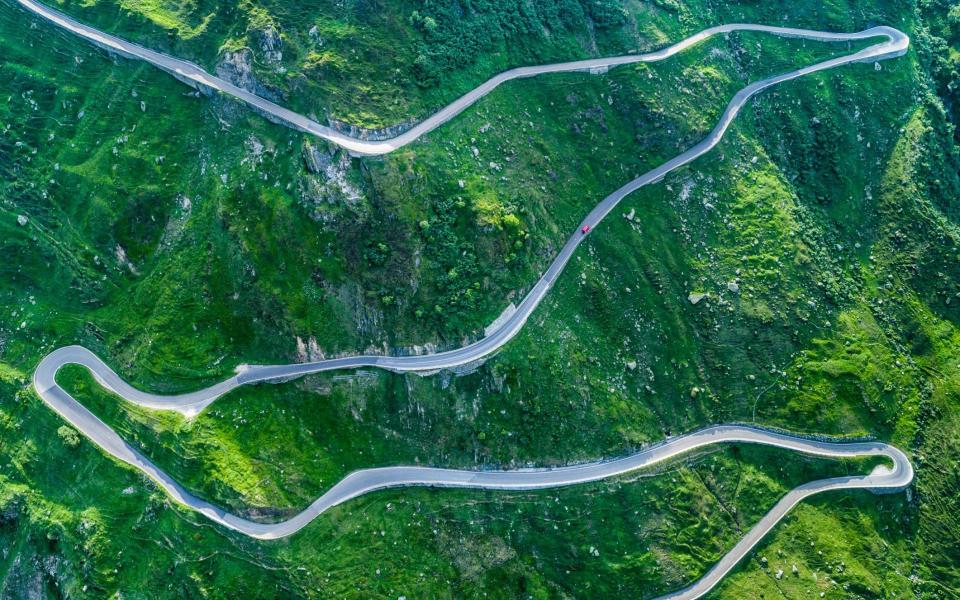
But one of the key reasons to cherish this 56-year-old caper about "the man with the Midas touch" is that it provides some truly splendid scenery – much of it as the backdrop to one of the Bond canon's most beautifully framed car chases. It comes about half an hour into the action, when Bond tracks his bullion-smuggling target to Switzerland, and follows him up the Furkastrasse (Furka Pass). Three vehicles tackle this winding line of tarmac, which inches into the Alps some 150 miles east of Geneva: Goldfinger, in his yellow-and-black Rolls Royce, would-be assassin Tilly Masterson (Tania Mallet; in a Ford Mustang convertible) and Bond, in a silver Aston Martin DB5 – who manages both to flirt with the woman in the car behind him, and run her off the road.
The sequence is special. Not just because of the duels between the drivers, but because of the way its eye lingers on the setting. The majesty of the Alpine landscape (Valais canton giving way to Uri canton once the pass has crested the ridge) is given full licence to enchant the viewer – especially in the moments where Tilly, seeking to avenge her sister Jill's earlier death, takes a shot at Goldfinger from an elevated spot on one of the road's many hairpins. She misses, but the camera does not – showing the Urseren Valley in all its glory, bathed in the sunlight of mid-summer. The weather is important. Rearing to an altitude of 7,969 ft (2,429m) the Furka Pass surrenders to snow almost as soon as the cold season arrives, and is generally impassable in winter.
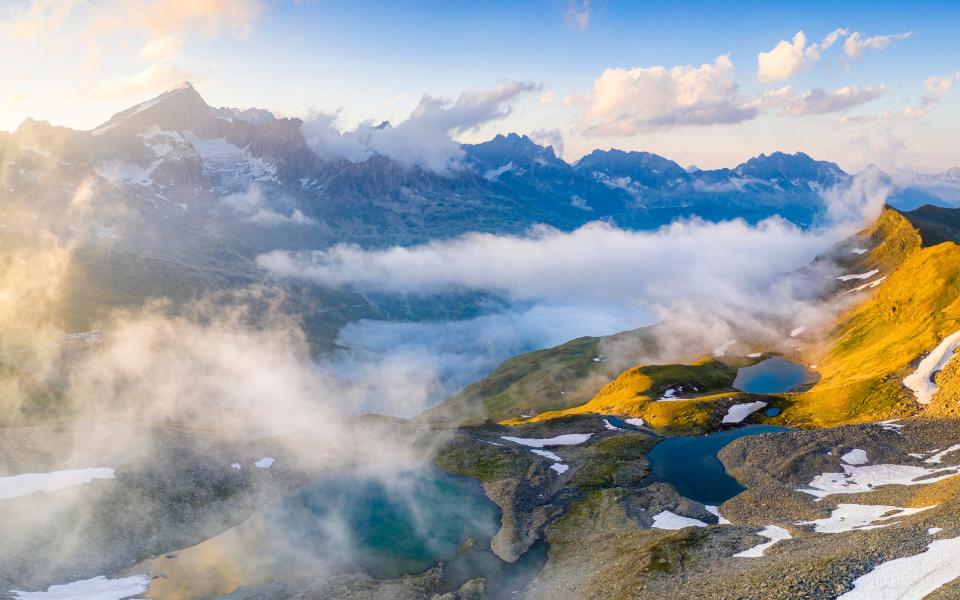
And there is more. Go back a couple of minutes, to the very first seconds of the car chase, and you will notice that the lens picks out another intriguing shard of the Swiss Alps. Although this time, it is not a pretty peak or a sharp-sided slope. It is a ghost.
At least, it is a ghost here in 2020. Back in 1964, the Hotel Belvedere was very much alive and functioning – a swarthy pit-stop on the western half of the Furkastrasse, there to seduce drivers into pulling over and pausing before tackling the next set of switch-backs. In fact, it sits squished into one of these sharp-elbowed corners, improbably placed in a narrow wedge of space where the camber doubles back on itself. We do not hear Goldfinger's opinion as his Phantom III purrs past it, but it is tempting to think that even a member of the Bond Villain Club – a bunch of characters not known for their architectural restraint or fealty to planning regulations – might look at this implausibly positioned building, out on its limb, and ask "why the hell is that there?".
Were there to be a response from the heavens, it might be: "simpler and colder times".
The Furkastrasse and the Belvedere both belong to the 19th century. The former, inevitably, came first – constructed in 1867 to help connect the loftiest parts of the Swiss realm with the (relative) lowlands on the banks of Lake Geneva. It was an almost immediate success. Traffic along its curves was sufficiently dense that, via the law of supply and demand, a hotel was sustainable by as soon as 1882. The Belvedere opened that year – a place for weary travellers and their horses to rest in the era before the motor car. Yet it soon became more than that; an Alpine destination in its own right. That it did so was largely thanks to the giant on its doorstep. The Rhone Glacier.
In the early 20th century, the Belvedere became feted as one of the places from which to glimpse one of the last vestiges of the Ice Age in all its grandeur. Its terrace offers a prime view of the glacier – and became a popular spot for tourists to drink coffee while gazing in awe at the frozen beast inching silently downwards underneath their noses. From the 1890s onwards, they were able to gain even closer perspective, when a tunnel was carved into this wall of water – allowing visitors to step into a chamber within the glacier, and imagine the centuries shifting imperceptibly above their heads.
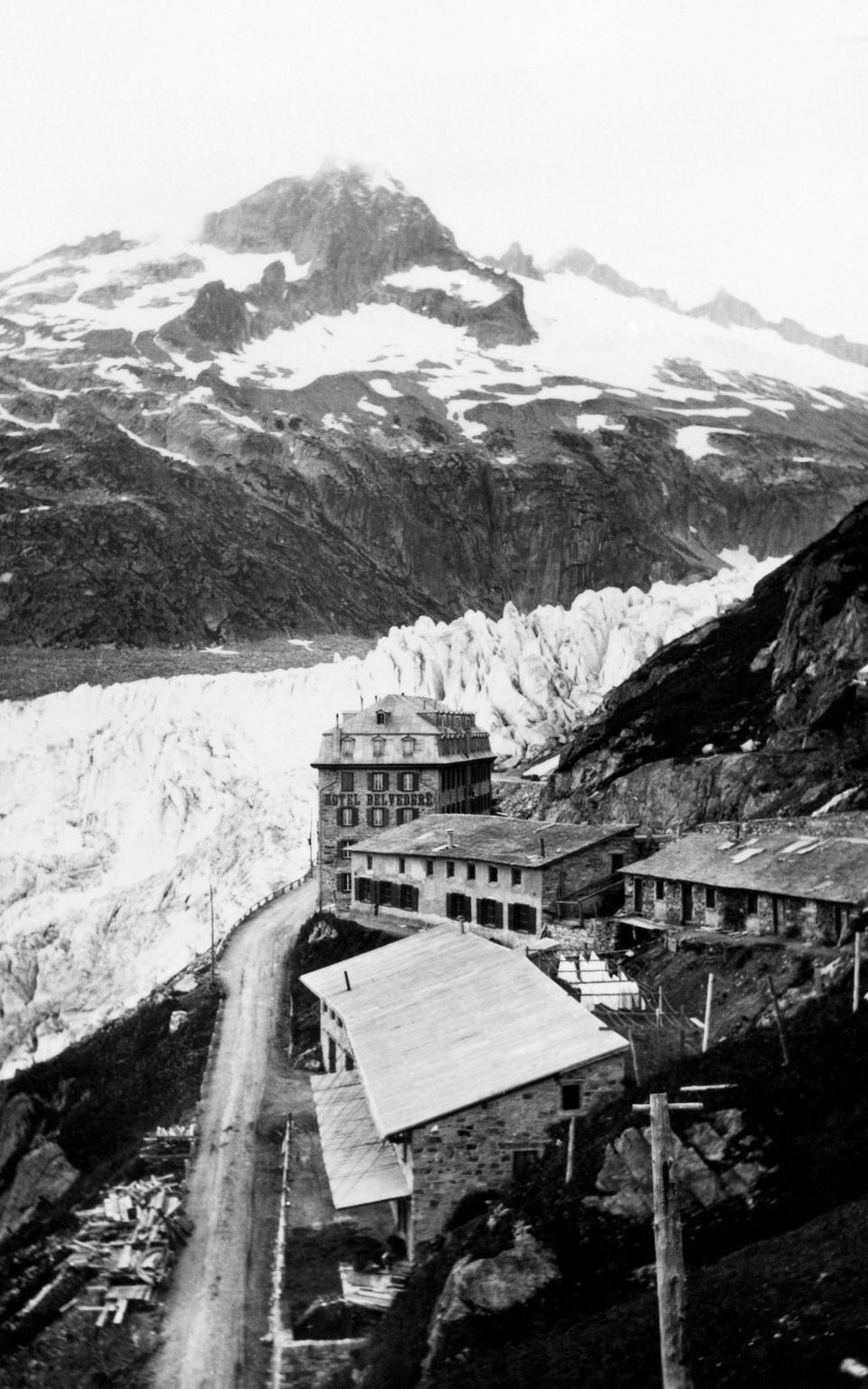
They still can – but they cannot enjoy the experience from the Belvedere. For while the glacier moved with the times – literally so; rising temperatures have seen it shrink by almost a mile (from 5.65 to 4.75 miles) since 1879 – the hotel did not. It locked its doors in 2016, dowdy, downbeat, and in desperate need of an overhaul. Rooms had reputedly not been refurbished for many years; its bathrooms and showers were still shared facilities.
It had been damaged, too, by the creation of the Furka Base Tunnel – a 10-mile alternative that, since its completion in 1982, has drawn travellers through rather than over the mountain. But it was mainly damned to irrelevance by the decline of its main attraction. Indeed, the Rhone Glacier is on medication of sorts – the UV-resistant white blankets that, in the last decade, have been laid over five acres of its torso, and are believed to reduce melting by up to 70 per cent. Nonetheless, while it does still process past the hotel, its ice has slipped from a flawless blue-white into a sadder grey. The passage into it, and the chamber within, are still there. But neither are the things of amazement they were a century ago. The novelty wore thin long ago.

Perhaps it is appropriate that, like the hotel, Connery has left the stage. The actor was reportedly a fan of the Belvedere - to the point of urging its inclusion in a car chase in which it is the first building on screen. But perhaps, unlike the original 007, it will return at a later date - the fresh air and rare height of its location transcending the investment needed, and its chilly companion's dwindling fortunes. Yet if it does not, it remains a curiosity from a bygone age, and a strange fragment of the Bond story.
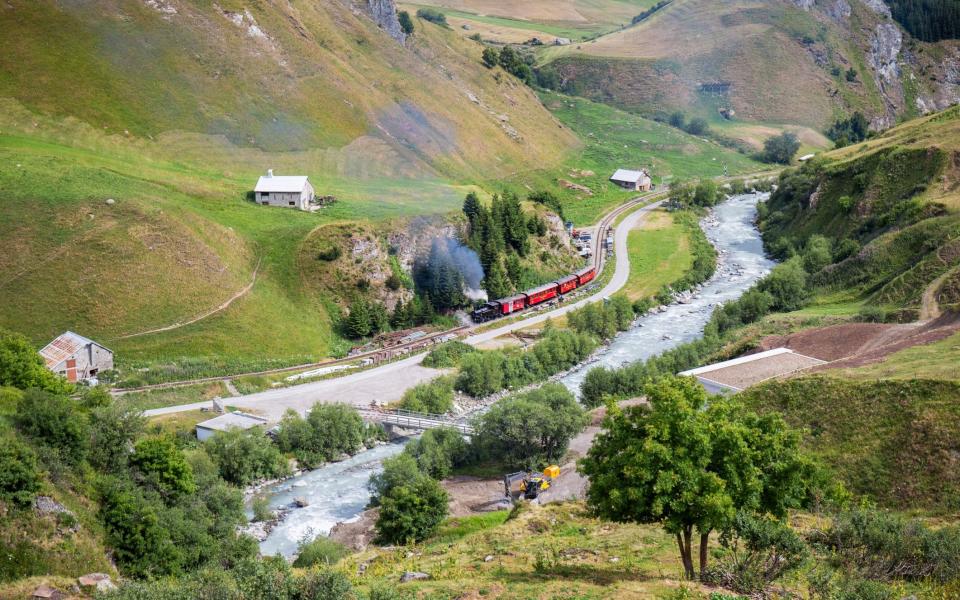
Of course, if you want to insert yourself into a surviving strand of the Goldfinger plot, you can do so by riding the Furka Oberalp Bahn (see matterhorngotthardbahn.ch/en/winter/journey/car-transport/furka), which charts a similar course. It is this narrow-gauge railway whose tracks are visible by the road at the end of the scene, once Bond has taken a revolving blade to Tilly Masterson's tyres.

 Yahoo Movies
Yahoo Movies 
